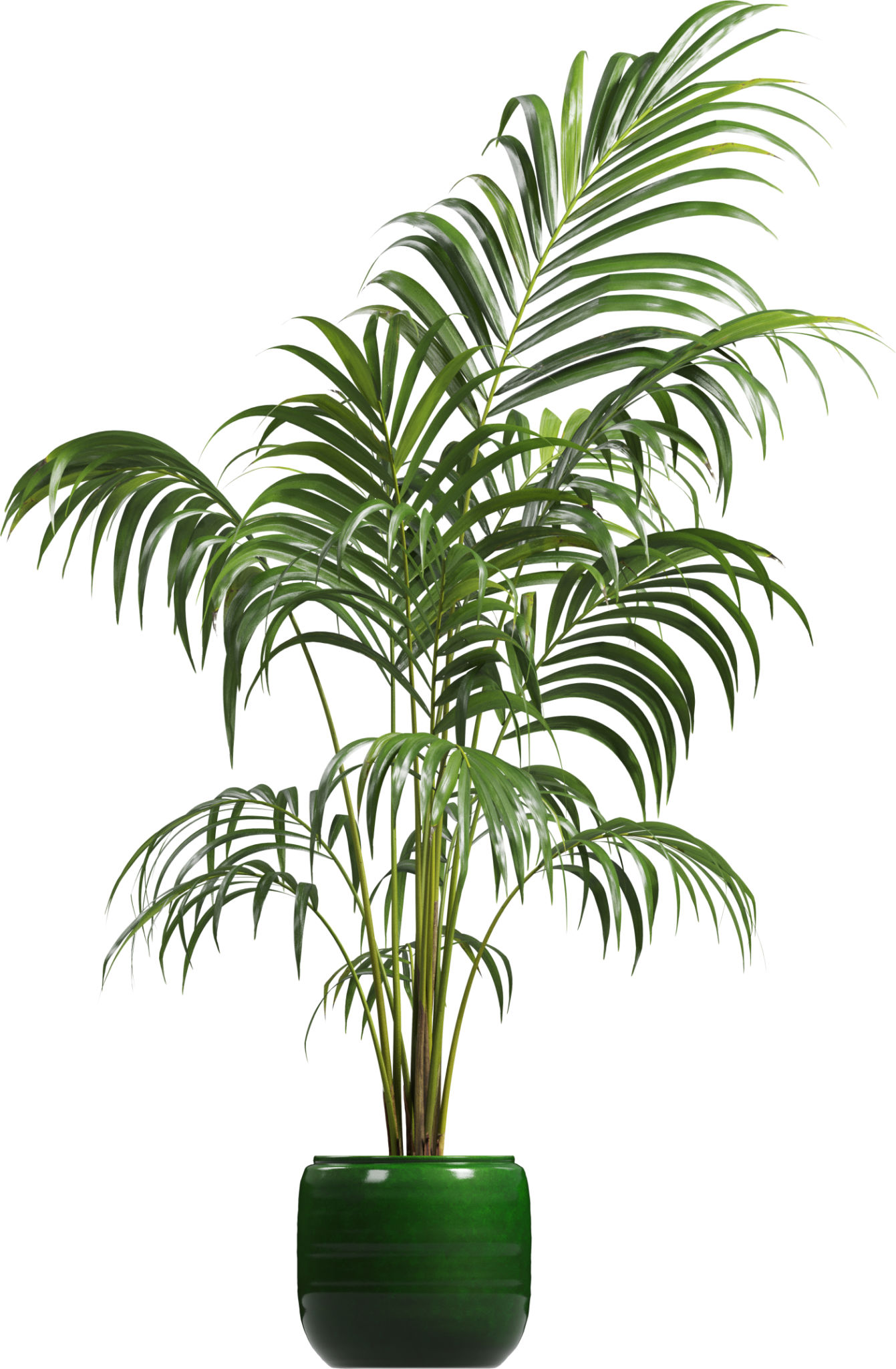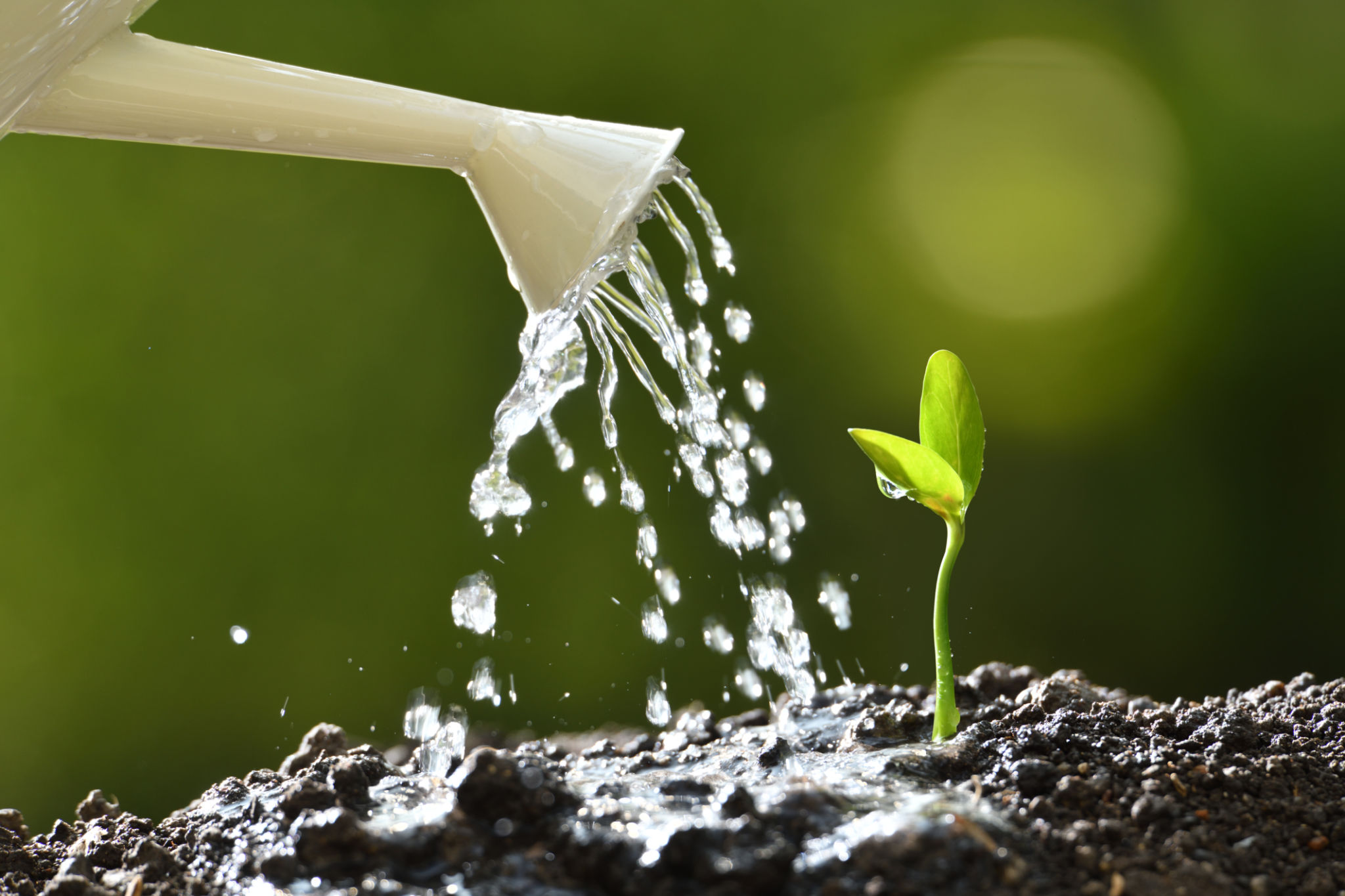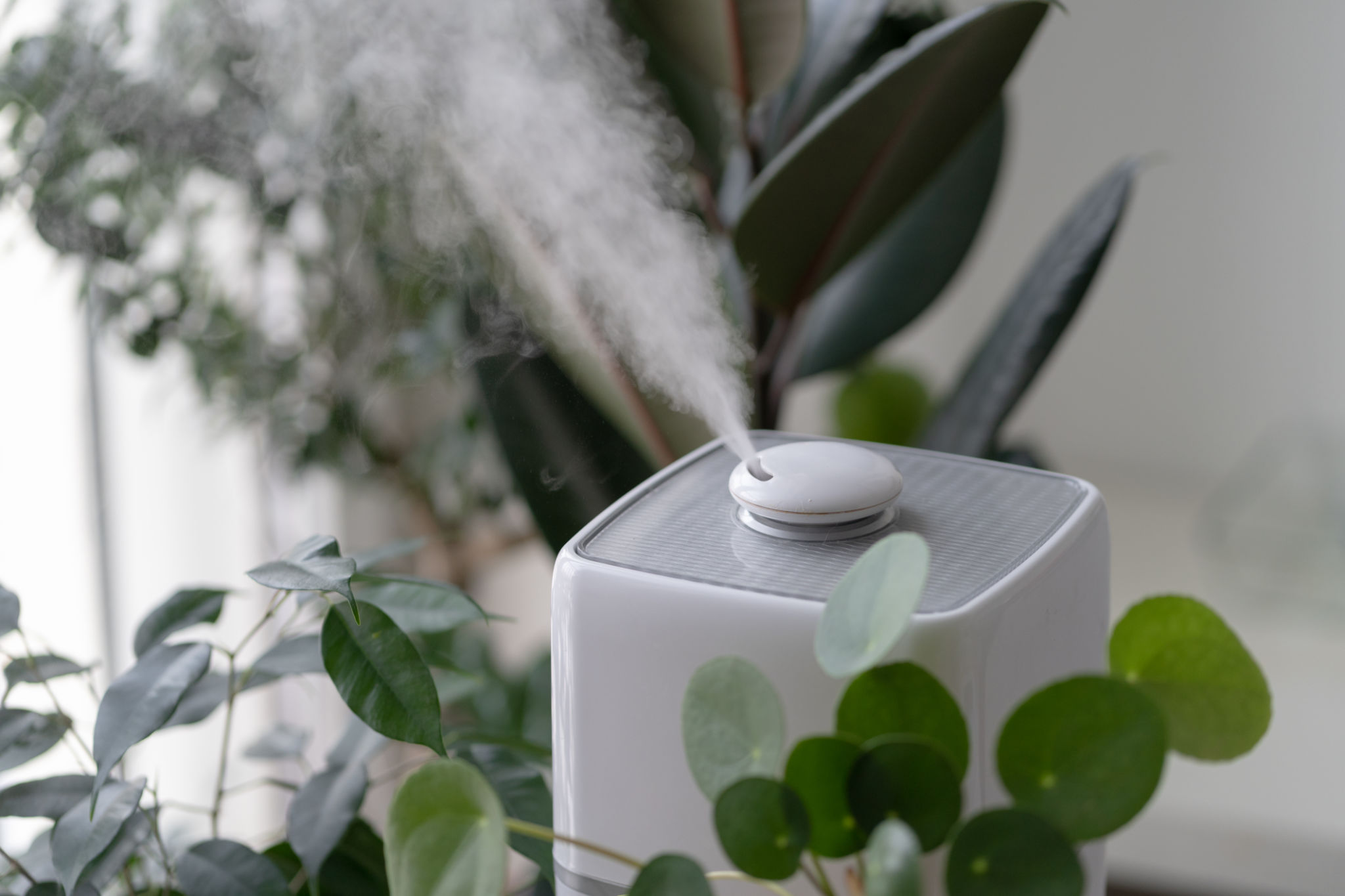DIY Indoor Plant Care: Maximizing Air Quality with Minimal Effort
Indoor plants do more than just add beauty to your home—they also play a pivotal role in improving air quality. With the right care, you can maximize their purifying abilities with minimal effort. Whether you’re a seasoned plant parent or a beginner, these tips will help you maintain a thriving indoor garden.
Choosing the Right Plants
Selecting the right plants is crucial for enhancing indoor air quality. Consider starting with hardy varieties that are known for their air-purifying properties, such as spider plants, snake plants, and pothos. These plants are not only effective at removing toxins but are also easy to care for, making them perfect for busy individuals or those new to plant care.
For more variety, consider adding ferns, peace lilies, or rubber plants to your collection. Each of these plants has unique characteristics and benefits, contributing to a healthier home environment.

Understanding Light and Placement
One of the most important aspects of plant care is ensuring your plants receive the right amount of light. Most indoor plants thrive in bright, indirect sunlight. Place them near windows where they can soak up natural light without being exposed to harsh, direct rays. If your space lacks natural light, consider using grow lights as an alternative.
It's also essential to rotate your plants regularly. This ensures all sides receive equal exposure to light, promoting even growth and helping your plants maintain their shape.
Watering Wisely
Overwatering is a common mistake among plant enthusiasts. To avoid this, ensure you understand the specific watering needs of each plant species. A general rule of thumb is to let the top inch of soil dry out before watering again. This prevents root rot and keeps your plants healthy.

Feeding and Fertilizing
To keep your indoor garden thriving, feeding your plants with the right nutrients is key. Use a balanced liquid fertilizer every few weeks during the growing season (spring and summer). This will provide essential nutrients that may not be available in potting soil alone.
In the fall and winter months, reduce fertilization as most plants enter a dormant period and require less nourishment.
Maintaining Humidity
Indoor environments often lack the humidity that many houseplants need to thrive. To boost humidity levels, consider grouping plants together or placing a small humidifier nearby. Alternatively, misting your plants occasionally can also help.

Regular Maintenance
Regular maintenance is essential for healthy indoor plants. Keep an eye out for yellowing leaves or signs of pests and address issues promptly. Pruning dead or damaged leaves not only improves the plant's appearance but also encourages new growth.
Dust can accumulate on leaves and hinder photosynthesis. Wipe down leaves with a damp cloth periodically to keep them clean and efficient at absorbing light and filtering air.
Enjoying the Benefits
By following these simple tips, you can enjoy the dual benefits of beautiful decor and improved air quality in your home. Not only will your indoor plants thrive, but they will also contribute to a healthier living environment for you and your family.
Incorporating plants into your home is a rewarding endeavor that requires minimal effort but offers substantial benefits. Start small, be patient, and watch as your green oasis transforms your space into a fresh and inviting haven.